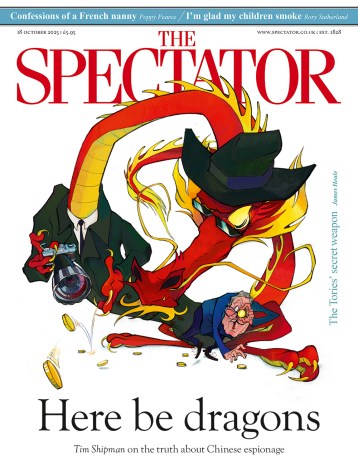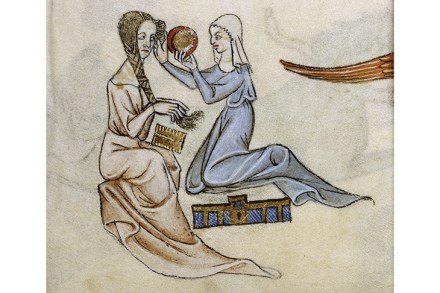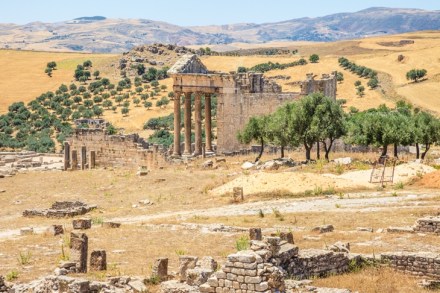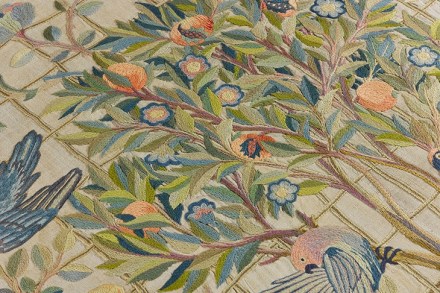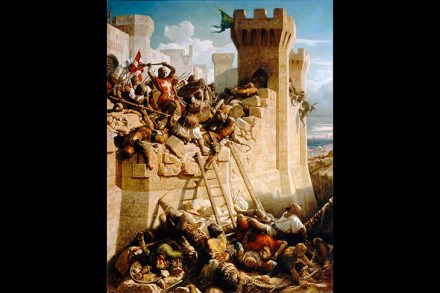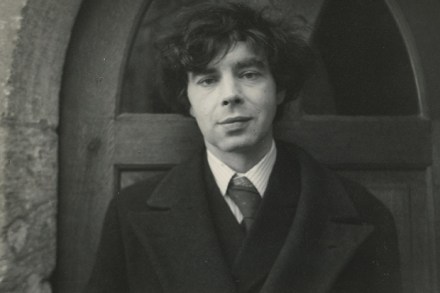Robert the Bruce — master of guerrilla warfare
The story of Robert the Bruce runs from the death of Alexander III of Scotland in 1286 to Robert’s own death in 1329, aged 54. His extraordinary achievement was to fend off both rivals at home and formidable English enemies to firmly establish his country’s independence. In 1292, John Balliol had been proclaimed King of Scots, with the full support of Edward I, to whom he formally paid homage. Four years later he was forced to resign his kingdom to Edward, and his own claim to it was doomed, though it survived for a few more years. Bruce, with his rare tactical skills, saw off the Balliols, father and son,
